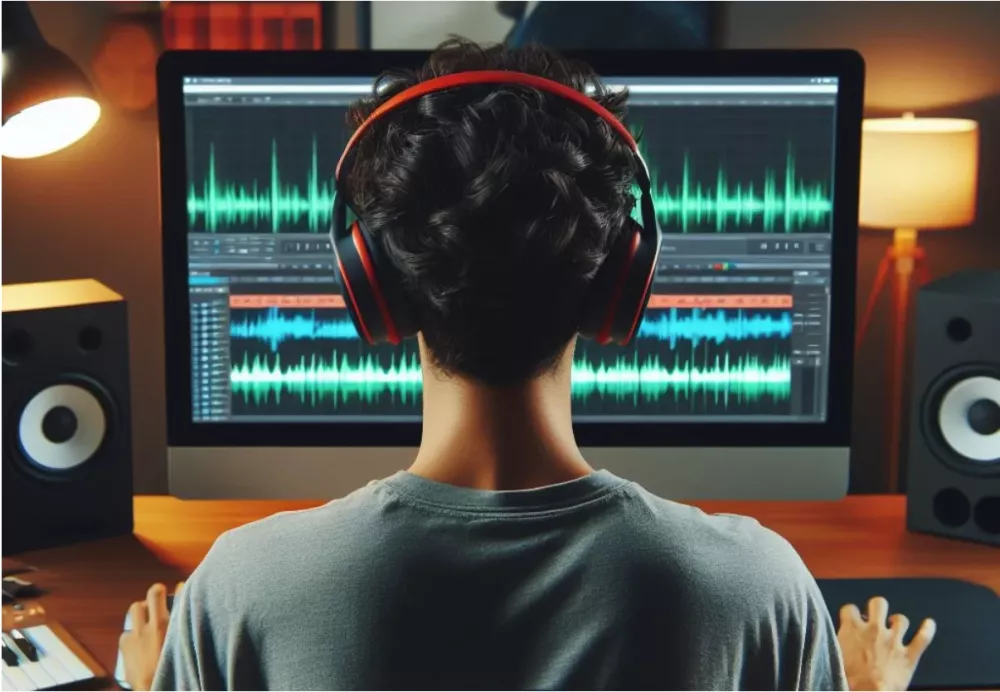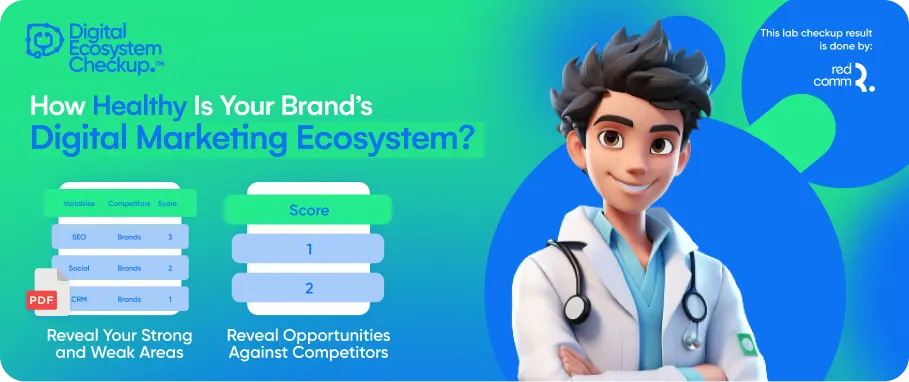Who lives in a pineapple under the sea? If you instantly conjured this yellow fella in your mind, you’ve just tapped into the magic of using music in advertisements.
How to Wisely Use Music in Ads and Avoid Legal Troubles for Marketers

While TV commercials have long embraced this tactic, the online realm has yet to fully explore its potential.
But don’t just hit play on any tune, there’s an art to it, and some legal know-how too.
Let’s dive into the realm of enhancing your ads with music, starting with the pivotal task of selecting the perfect melody.
How to Pick The Right Music?
Selecting the perfect soundtrack for your advertisement goes beyond simply filling the background.
It's about crafting an experience that enhances your brand's message and resonates with your target demographic. Here's what to consider when choosing music for your ads:
Brand persona: Your brand has a personality, and the music you choose should align with it. Whether you're aiming for a fun and energetic vibe or a more serious tone, the music should reflect your brand's voice.
Know your audience: Understanding your audience's musical preferences is crucial. Consider factors like age, gender, and interests to ensure the music resonates with them on a deeper level.
Content integration: Determine the role of music in your ad, is it a subtle backdrop or the main attraction? Align the music with your overall message and desired emotional response from viewers.
Crafting the message: The right music sets the mood and can drive action. Decide what emotions you want to evoke in your audience and tailor your music selection accordingly.
Tips for Harnessing Music in Ads
Now that you understand the importance of selecting the right music, let's explore how to effectively integrate it into your advertising campaigns:
Optimize for sound-friendly platforms: Certain platforms are more conducive to audio engagement. Focus your efforts on platforms like Instagram Stories, YouTube pre-roll ads, TikTok, and Spotify, where users are more likely to have their sound on.
Target audio-focused audiences: Identify and reach out to audiences that appreciate audio content. Utilize lookalike audience targeting, collaborate with musicians or influencers with an audio-focused following, and engage your audience in the music selection process.
Encourage sound engagement: Prompt users to turn on their sound by incorporating subtle reminders, such as interactive stickers or captions that highlight the audio elements of your ad.
Experiment with different sounds: Test various musical elements, including different songs, sound effects, and voiceover genders, to determine what resonates best with your audience.
Prioritize accessibility: Regardless of the audio content, ensure your ads are inclusive by incorporating captions, particularly for platforms where videos auto-play on mute.
Understanding Music Licensing
Imagine little Timmy uploading a video of his playful cat accompanied by Taylor Swift’s chart-topping hit. Suddenly, the video isn’t just about the cat anymore, it’s about copyright infringement.
And if a major corporation decides to feature Taylor Swift’s music in their ad without permission, they might find themselves facing not just legal action.
But perhaps even a personalized diss track from the pop sensation.
The bottom line? You need more than just a good taste in music; you need the legal green light. That’s where music licensing steps in.
Music licensing is the process of obtaining the necessary legal permissions to use someone else’s music in your projects. It sounds straightforward, but there are intricacies to navigate.
Clarifying Terms and Dispelling Misconceptions
When it comes to using music in ads, there are several terms and misconceptions that marketers should be aware of:
Fair use: This legal doctrine allows for the use of copyrighted material under certain conditions. However, it’s not a free pass to use any song you like. Fair use typically applies to commentary, criticism, or educational purposes. Using a copyrighted song as a backdrop for your product ad won’t fly unless you're prepared for potential legal repercussions.
Creative commons: While Creative Commons offers a framework for sharing digital content, it doesn’t mean you can freely use any music you find. Artists still retain control over how their work is used, and commercial usage isn’t always permitted.
Public domain: Just because a song is old doesn’t mean it’s fair game. Public domain status varies depending on the specific recording and its ownership. Even if the original composition is no longer under copyright, the recording itself may still be protected.
Royalty-free: Don’t let the term “royalty-free” fool you into thinking the music is completely free of charge. While you may not have to pay royalties for each use, there are often upfront fees or licensing costs involved.
Copyright-free: Contrary to popular belief, “copyright-free” doesn’t mean you can use the music however you please. It simply indicates that the copyright has expired or been waived by the owner. However, there may still be restrictions on how the music can be used.
Despite the legal complexities, incorporating music into your ads can have a significant impact on your marketing efforts.
Research shows that music can evoke emotion, enhance brand recall, and even influence purchasing decisions.
So, before you hit that upload button, consider exploring royalty-free music options and familiarizing yourself with video marketing best practices.
With the right soundtrack and a solid understanding of music licensing, you can elevate your ads from background noise to chart-topping hits.
DISCOVER MORE OF WHAT MATTERS TO YOU
RELATED TOPIC



